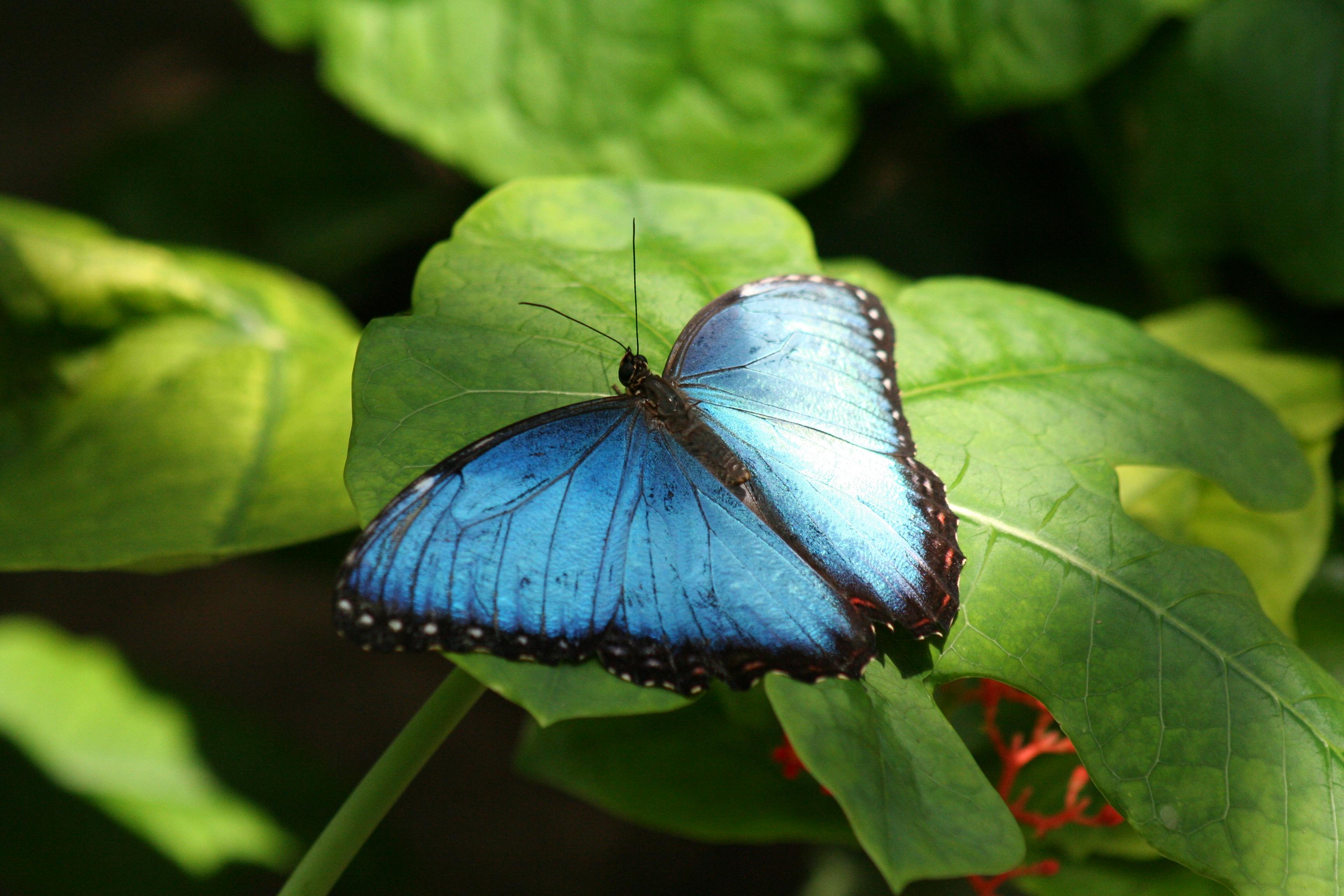Code Green Solutions


The brilliantly colored Morpho butterfly has inspired innovative biomimetic solutions.
The world’s R&D investment of $1.6 trillion per year plays a big role in advancing what we know, what we are capable of doing, and how well we do it. Along the way, we come to believe that, well, we’re pretty smart. However, our knowledge pales in comparison to the intelligence hidden in the 3.8 billion years of R&D in the natural world.
Albert Einstein once said, “Look deep into nature, and then you will understand everything better.” As academic or philosophical as this sounds, more big businesses, investors, and entrepreneurs are taking that advice very seriously. This emerging field is called biomimicry.
I have been a fan of biomimicry’s potential for nearly a decade. Back in 2005, I was able to bring the founders of the biomimicry field, Janine Benyus and Dr. Dayna Baumeister, to Raleigh, North Carolina, for a week-long Biologists at the Design Table intensive training course. Today I’d have to compete with Boeing, Nike, P&G, GE, J&J, IDEO, Shell, Kaiser-Permanente, and other private sector clients to get on their calendar. As a sign that this design strategy is here to stay, check out a sampling of their other clients here.
Other statistics demonstrate the growth of this field: According to a recent Forbes article, “biomimicry patents, scholarly articles and research grants have increased by more than five times since 2000. By 2030, the field could account for $425 billion of U.S. GDP and $1.6 trillion of total global output, [the Fermanian Business & Economic Institute] estimates.” These trends do not describe a passing fad or “cute” environmental storytelling.
Here are three ways that biomimicry can increase the bottom line for the real estate industry:
So, what’s your organization’s source of new ideas for design, construction, heating, cooling, transportation, manufacturing, safety, and healthy occupants? Take a look at the thousands of biomimicry innovations for the built environment and other sectors at AskNature.org.